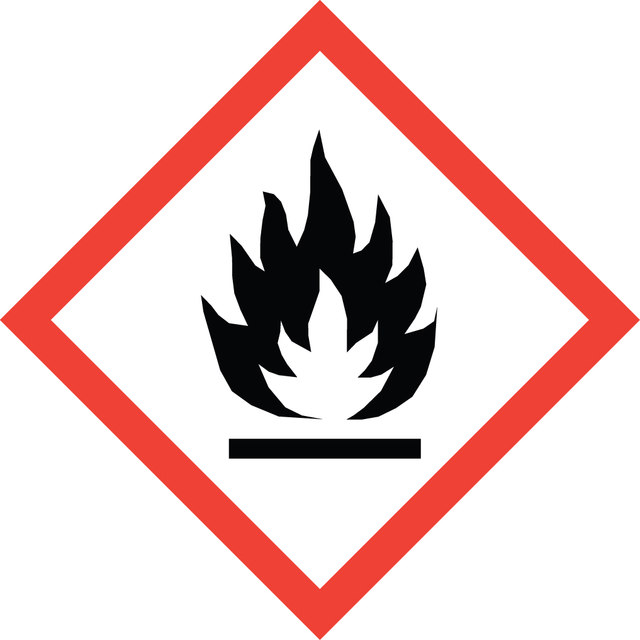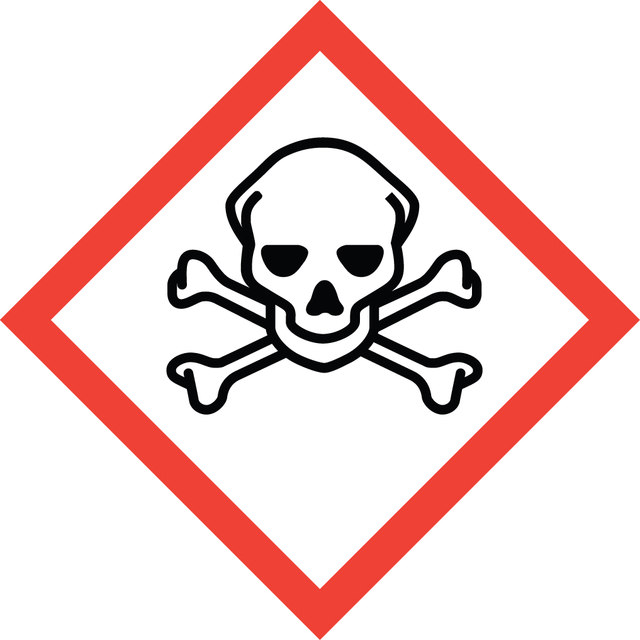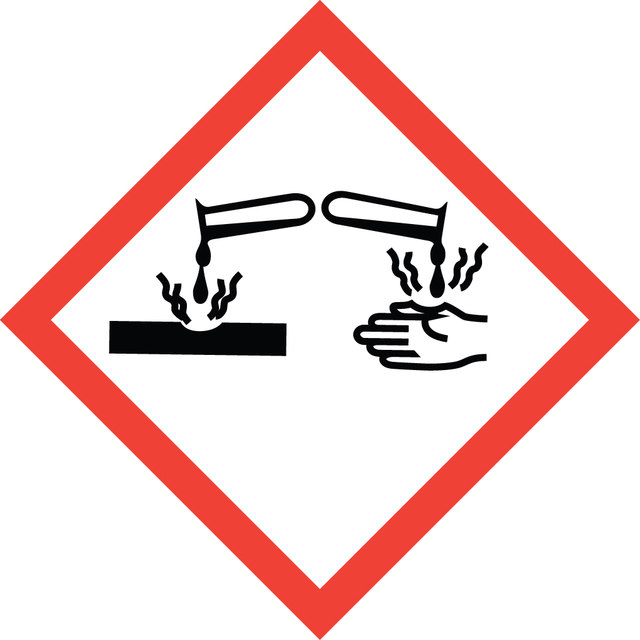DUO92012
Duolink® In Situ Detection Reagents Brightfield
Synonim(y):
Odczynnik do testu interakcji białko-białko, Odczynnik do testu ligacji zbliżeniowej in situ
About This Item
linia produktu
Duolink®
opakowanie
pkg of Box A (-20°C)
pkg of Box B (2-8°C)
metody
proximity ligation assay: suitable
przydatność
suitable for brightfield
temp. przechowywania
−20°C
Powiązane kategorie
Zastosowanie
Follow the Duolink® In Situ Brightfield Protocol to use this product.
Visit our Duolink® PLA Resource Center for information on how to run a Duolink® experiment, applications, troubleshooting, and more.
To perform a complete Duolink® PLA in situ experiment you will need two primary antibodies (PLA, IHC, ICC or IF validated) that recognize two target epitopes. Other necessary reagents include a pair of PLA probes from different species (one PLUS and one MINUS), detection reagents, wash buffers, and mounting medium. Note that the primary antibodies must come from the same species as the Duolink® PLA probes. Analysis is carried out using HRP for brightfield detection.
Brightfield detection reagents are used for samples with significant autofluorescence.
Application Note
Two primary antibodies raised in different species are needed. Test your primary antibodies (IgG-class, mono- or polyclonal) in a standard immunofluorescence (IF), immunohistochemistry (IHC) or immunocytochemistry (ICC) assay to determine the optimal fixation, blocking, and titer conditions. Duolink® in situ reagents are suitable for use on fixed cells, cytospin cells, cells grown on slide, formalin-fixed, paraffin embedded (FFPE), or tissue (fresh or frozen). No minimum number of cells is required.
Let us do the work for you, learn more about our Custom Service Program to accelerate your Duolink® projects
View full Duolink® product list
Cechy i korzyści
- No overexpression or genetic manipulation required
- High specificity (fewer false positives)
- Single molecule sensitivity due to rolling circle amplification
- Relative quantification possible
- No special equipment needed
- Quicker and simpler than FRET
- Increased accuracy compared to co-IP
- Publication-ready results
Komponenty
Box A:
- 5x Ligation - Contains oligonucleotides that hybridize to the PLA probes and all components needed for ligation except the Ligase
- 1x Ligase (1 unit/μL)
- 5x Amplification - Contains all components needed for Rolling Circle Amplification (RCA) except the Polymerase
- 5x Detection Brightfield - Contains oligonucleotide probes labeled with horseradish peroxidase (HRP) that hybridize to the RCA product
- 1x Polymerase (10 units/μL)
Box B:
- 1x Hydrogen Peroxide - Contains 0.3% hydrogen peroxide
- Substrate Reagents A-D - Contains all substrate components needed for HRP enzymatic reaction
- 1x Nuclear Stain - Contains Mayer′s hematoxylin solution for cell nuclei staining
Not included in Detection kit:
Primary antibodies, PLA probes, wash buffers, mounting medium
Inne uwagi
Store Box A and all of its components at -20°C. The enzymes should be kept cold (-20°C) at all times; Use a freezing block when removing them from the freezer.
Store Box B and all of its components at 2-8°C.
Informacje prawne
Hasło ostrzegawcze
Danger
Zwroty wskazujące rodzaj zagrożenia
Zwroty wskazujące środki ostrożności
Klasyfikacja zagrożeń
Acute Tox. 3 Dermal - Acute Tox. 4 Inhalation - Acute Tox. 4 Oral - Aquatic Chronic 3 - Eye Dam. 1 - Flam. Liq. 2 - Muta. 2 - Resp. Sens. 1 - Skin Irrit. 2 - Skin Sens. 1
Kod klasy składowania
3 - Flammable liquids
Temperatura zapłonu (°F)
42.8 °F
Temperatura zapłonu (°C)
6 °C
Wybierz jedną z najnowszych wersji:
Masz już ten produkt?
Dokumenty związane z niedawno zakupionymi produktami zostały zamieszczone w Bibliotece dokumentów.
Nasz zespół naukowców ma doświadczenie we wszystkich obszarach badań, w tym w naukach przyrodniczych, materiałoznawstwie, syntezie chemicznej, chromatografii, analityce i wielu innych dziedzinach.
Skontaktuj się z zespołem ds. pomocy technicznej


